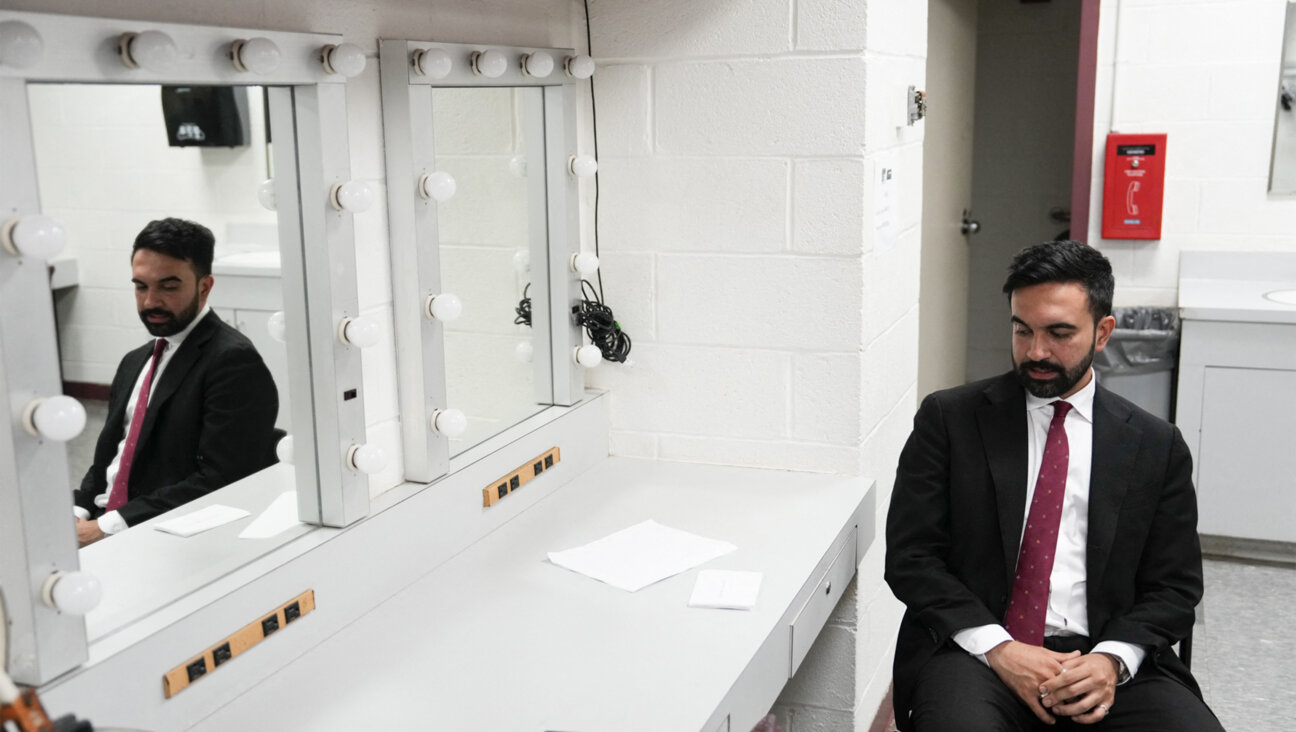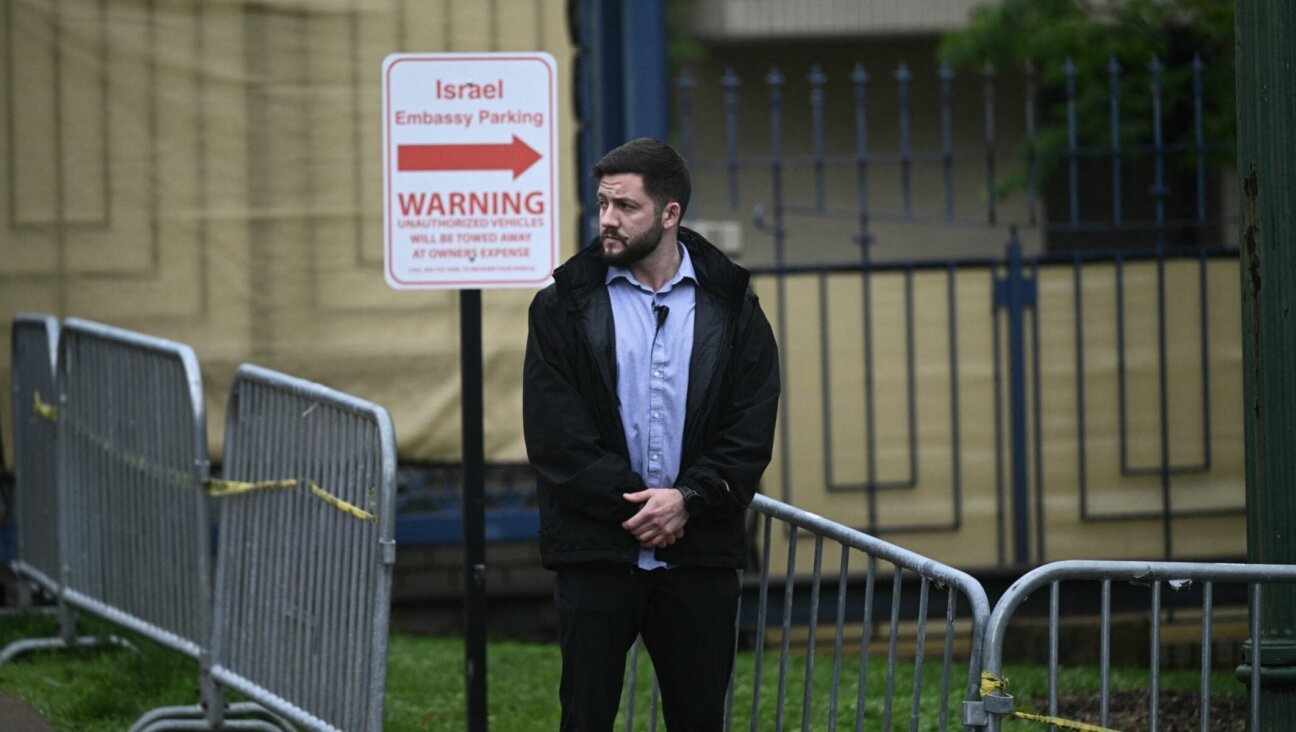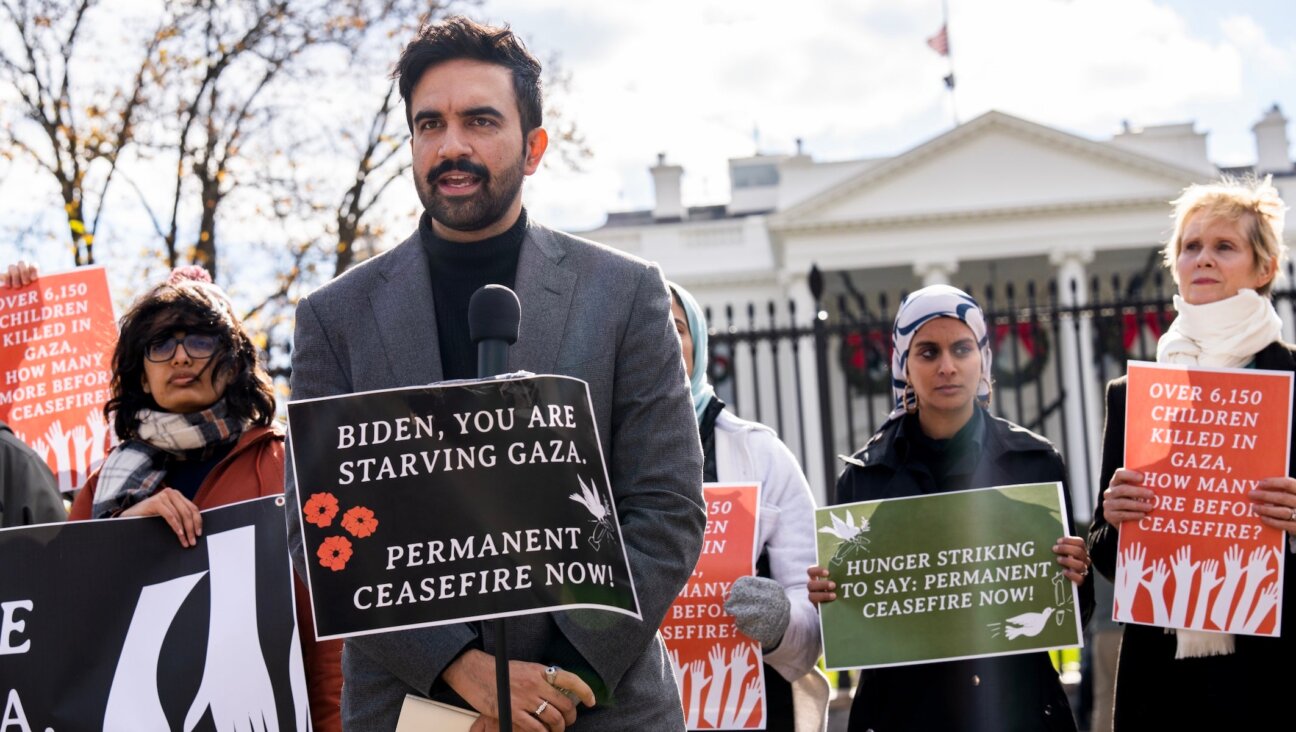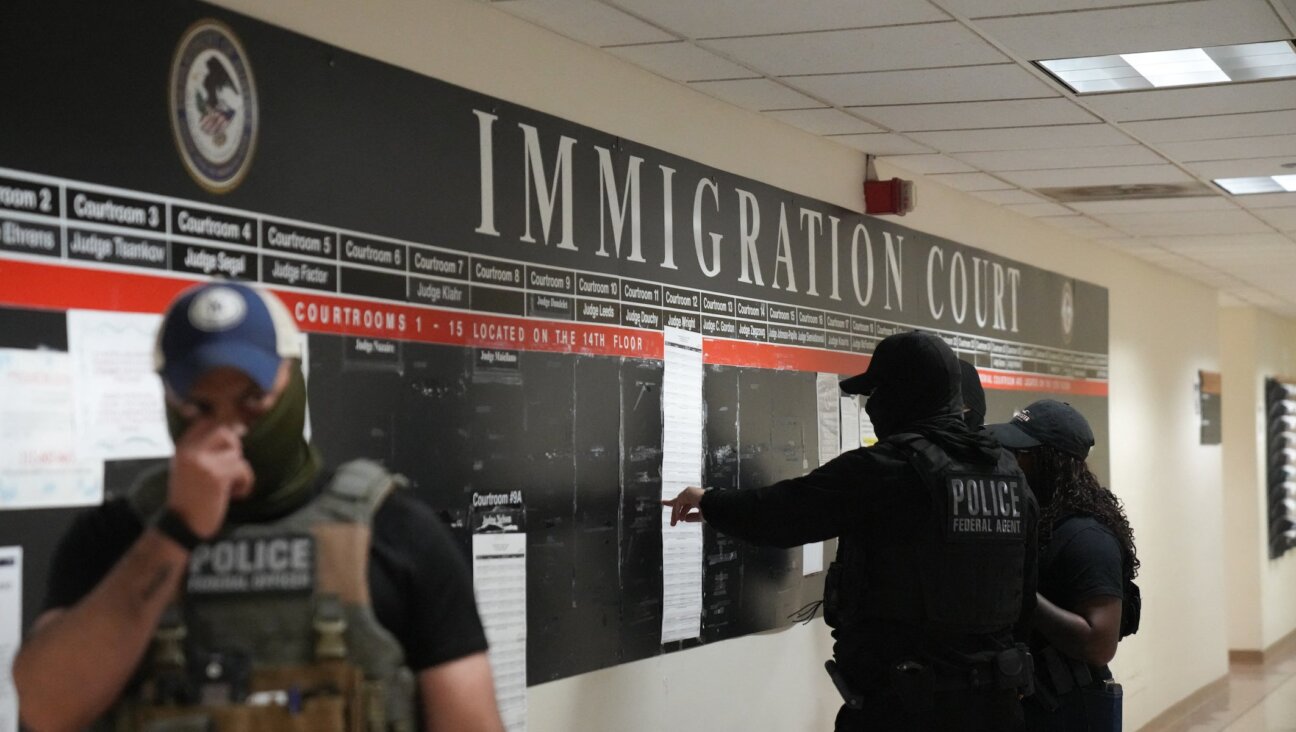Are Direct Talks the Last Chance for Two-State Solution?
Officials from all sides are striving to keep expectations low for the new direct negotiations between Israel and the Palestinians, a reflection of the disillusioned mood the parties bring to the table. But the instinct to minimize the significance of the upcoming talks masks what some see as a dramatic reality at this point in the long-stymied Middle East peace process.
In this reality, the Israeli-Palestinian quarreling and disagreements on minute details could lead to a closing of the window on the bigger plan, that of two states for two peoples.
“There is no status quo; there’s a window, and it is closing,” warned David Makovsky, director of the Project on the Middle East Peace Process at the Washington Institute for Near East Policy. “The problem is, you never know how long you’ll have it open until it closes.”
Experts and politicians on both sides have been warning for several years that a time will come when the situation on the ground will render impossible the idea of dividing the land. And if demographic, geographic and political processes continue at their current pace, President Obama could be the last American leader to get a chance to push for a two-state agreement.
Some portray the turning point as imminent and are already willing to write off the two-state solution; others see a wide margin for debate about the facts on the ground, including the interpretation of those facts and the urgency of dealing with them.
The idea of resolving the Israeli-Palestinian conflict by dividing the land into two states — one Israeli in roughly its pre-1967 borders, and one Palestinian in the West Bank and Gaza — has been the official American policy since Israelis and Palestinians first began negotiating, in 1993. Obama, upon taking office, pressured the newly elected Israeli prime minister, Benjamin Netanyahu, to adopt this solution as the only course for achieving Middle East peace. A bipartisan group of former diplomats and advisers known as the U.S./Middle East Project handed Obama, in his early days in office, a paper titled “A Last Chance for a Two-State Israel-Palestine Agreement,” in which they stressed that he must use his first year in office to make sure that this last chance does not slip away.
And Obama, according to Robert Malley, director of the Middle East and North Africa Program at the International Crisis Group, got the message on the need for urgency in moving forward.
Malley said that the officials in “this administration are the ones who wanted these direct talks more than anyone else, more than the Israelis and the Palestinians.” He explained that Obama felt a sense of urgency that was due partly to his assessment that this might be the last chance for peace and partly because of his fear of a spiraling downward cycle in the Middle East that would not spare America’s interests if the peace process were not revived.
“The president decided that conditions are only going to get worse, so he decided to move now,” added Robert Danin, former deputy assistant secretary of state for Near East, and currently a senior fellow for Middle East and Africa studies at the Council on Foreign Relations.
Experts point to the situation on the ground in the West Bank and Gaza to make their case. Several factors there make the idea of dividing the land into two states increasingly untenable as time goes on.
The first is the land. As Israeli settlements spread out, and the road system built to serve settlers expands, the amount of land left for Palestinians decreases continuously, and the idea of a contiguous state becomes more difficult to realize, because of roads and settlement blocs that cut through the region.
East Jerusalem — at least portions of which will have to go to the Palestinians as their capital to construct a viable state, according to most analysts — is also part of this concern. Within the city, Israel has been encouraging Israeli Jews to purchase houses and settle in Arab neighborhoods, which makes the idea of dividing the capital into all-Arab and all-Jewish neighborhoods more difficult to realize. In addition, Israel has constructed a string of Jewish settlements all around East Jerusalem, all but cutting off access to the city from the Palestinian areas of the West Bank. The Palestinians maintain that the West Bank without East Jerusalem, their largest commercial and industrial center, would not be economically viable as a state.
The second key factor is the demographic makeup of Israel and the Palestinian territories. Currently, between the Mediterranean and the Jordan River, there are an estimated 5.6 million Jews and 5.1 million Arabs. Given the higher birthrate on the Arab side, Arabs could become the majority within five to 10 years, thus making Jews a minority group ruling the country. Israelis fear that once Arabs gain a demographic advantage, they could put forward a “one man, one vote” demand that would put an end to the notion of Israel as a Jewish state.
“If the road to partition is blocked, Israel will be forced to choose between two terrible options: Jewish-dominated apartheid or non-Jewish democracy,” Gadi Taub of the Hebrew University of Jerusalem warned in an op-ed published August 30 in The New York Times.
To these concerns, added Ori Nir, spokesman for the group Americans for Peace Now, which advocates a two-state solution, there is another, more subtle factor. “It has to do with consciousness, with the recognition — on the Israeli side — that the status quo is an anomaly. That recognition is eroding. The Green Line, in the minds of many Israelis, is fading, and the status quo is dangerously morphing, in their minds, from tolerable to acceptable to unnoticeable and even desirable.”
Taken together, all these factors could lead to a reality in which division is no longer possible. The only question is when.
“There is no mathematical formula that tells you when it becomes impossible,” Malley said. “It is more difficult today than it was yesterday, and tomorrow it will be more difficult than it was today.”
On the land issue, experts calculate the viability of conducting a swap that would give Palestinians land on the Israeli side in return for keeping the settlement blocs as part of Israel. As the settlements grow, so does the need for more land to swap, and Israel’s real estate is limited. Recent studies show that Israel still has sufficient land reserves to compensate Palestinians for the growth of settlement blocs.
While the ticking demographic clock threatens Israel’s Jewish identity, the fear of losing the option for a two-state solution is also viewed with concern on the Palestinian side. Without a peace process based on the two-state principle, Makovsky said, Fatah, the Palestinian faction that dominates the Palestinian Authority and serves as the two-state solution’s prime advocate, will lose its primacy, and the leadership of President Mahmoud Abbas and Prime Minister Salam Fayyad will be undermined. “If these two are discredited, the alternative is not the Hadassah women of Brooklyn, it’s the Hamas,” Makovsky said.
But Ziad Asali, president and founder of the American Task Force on Palestine, argued that talk of the demise of a two-state solution is unrealistic, since there is no alternative. “Even if we miss the train at this station, we will still catch it,” he said.
The Obama administration has set a time frame of one year to complete an Israeli-Palestinian agreement — a deadline that critics have dismissed as unrealistic. If that is so, it is the administration’s awareness of the closing window of opportunity that may be driving its insistence despite this skepticism.
“The window will not be open forever,” concluded Scott Lasensky, senior research associate at the U.S. Institute of Peace, “but the tipping point is constantly being moved.”
Contact Nathan Guttman at [email protected]























